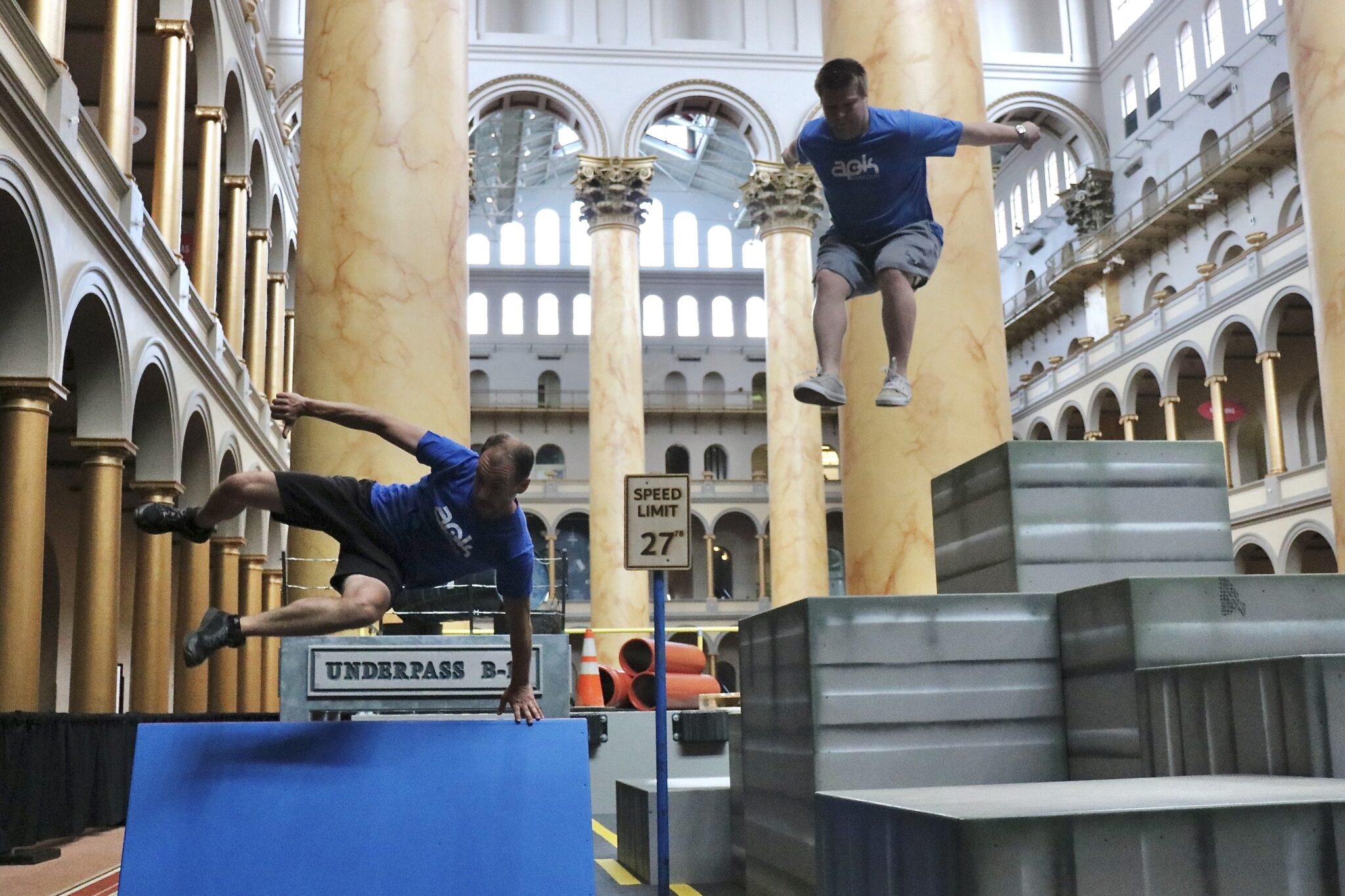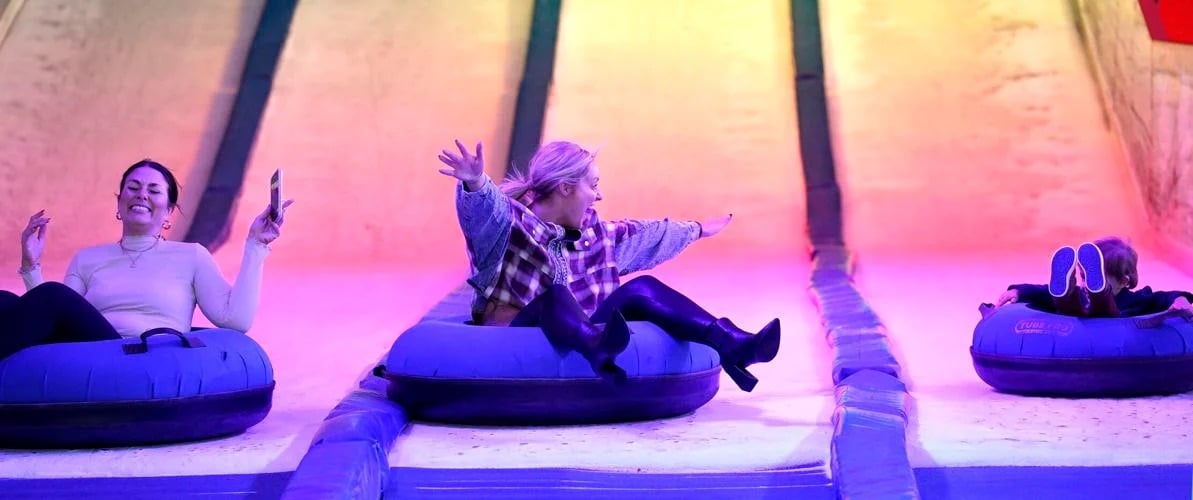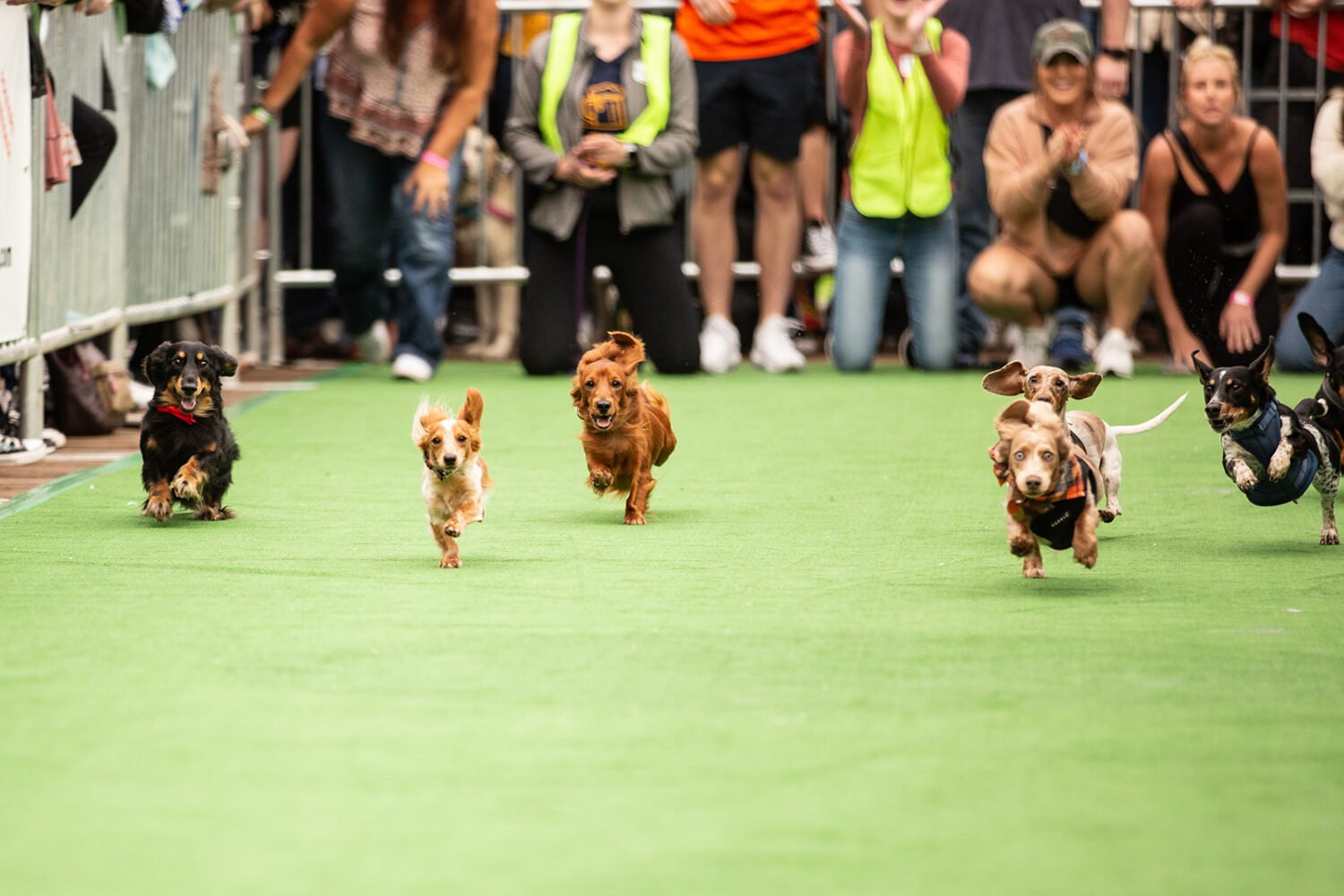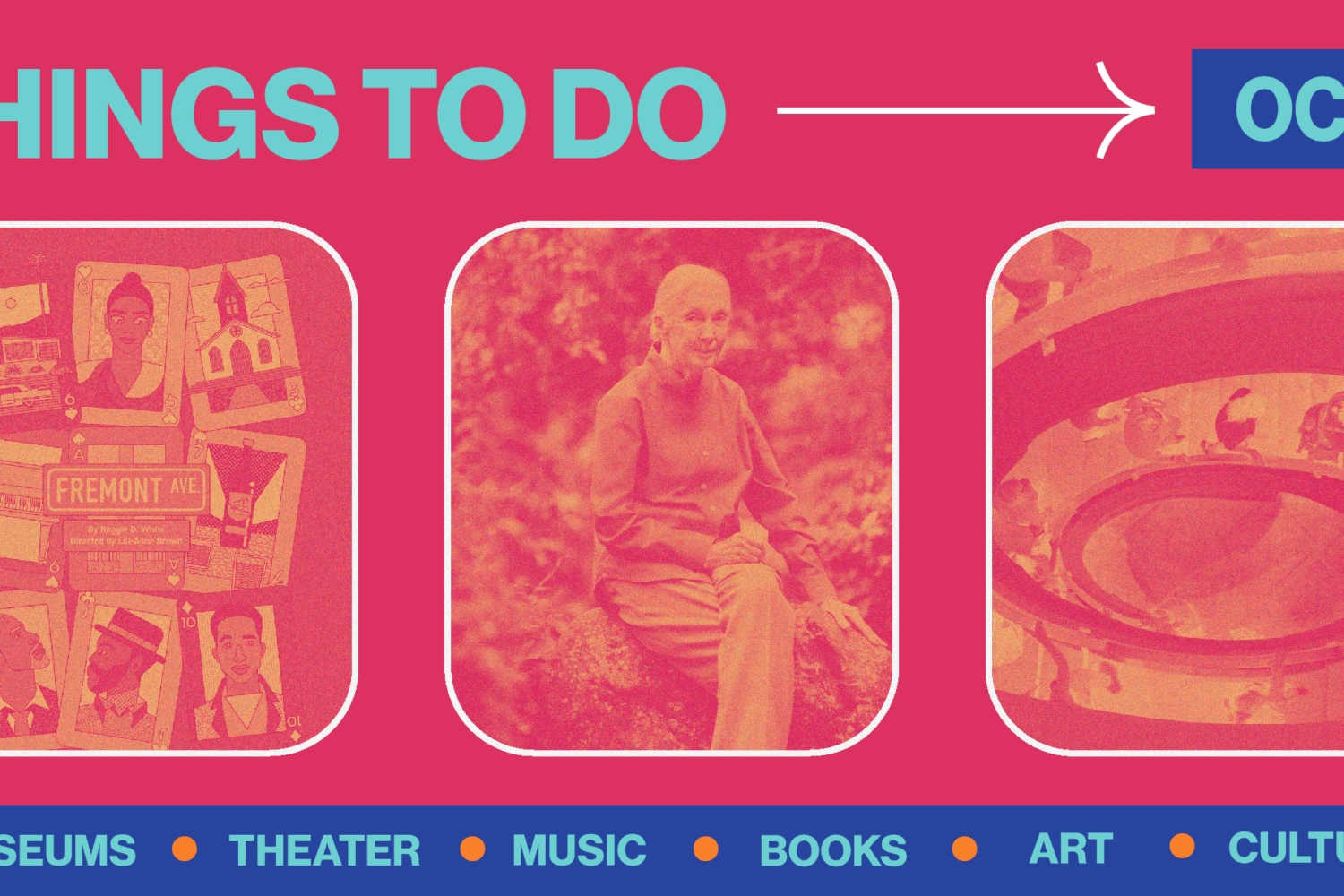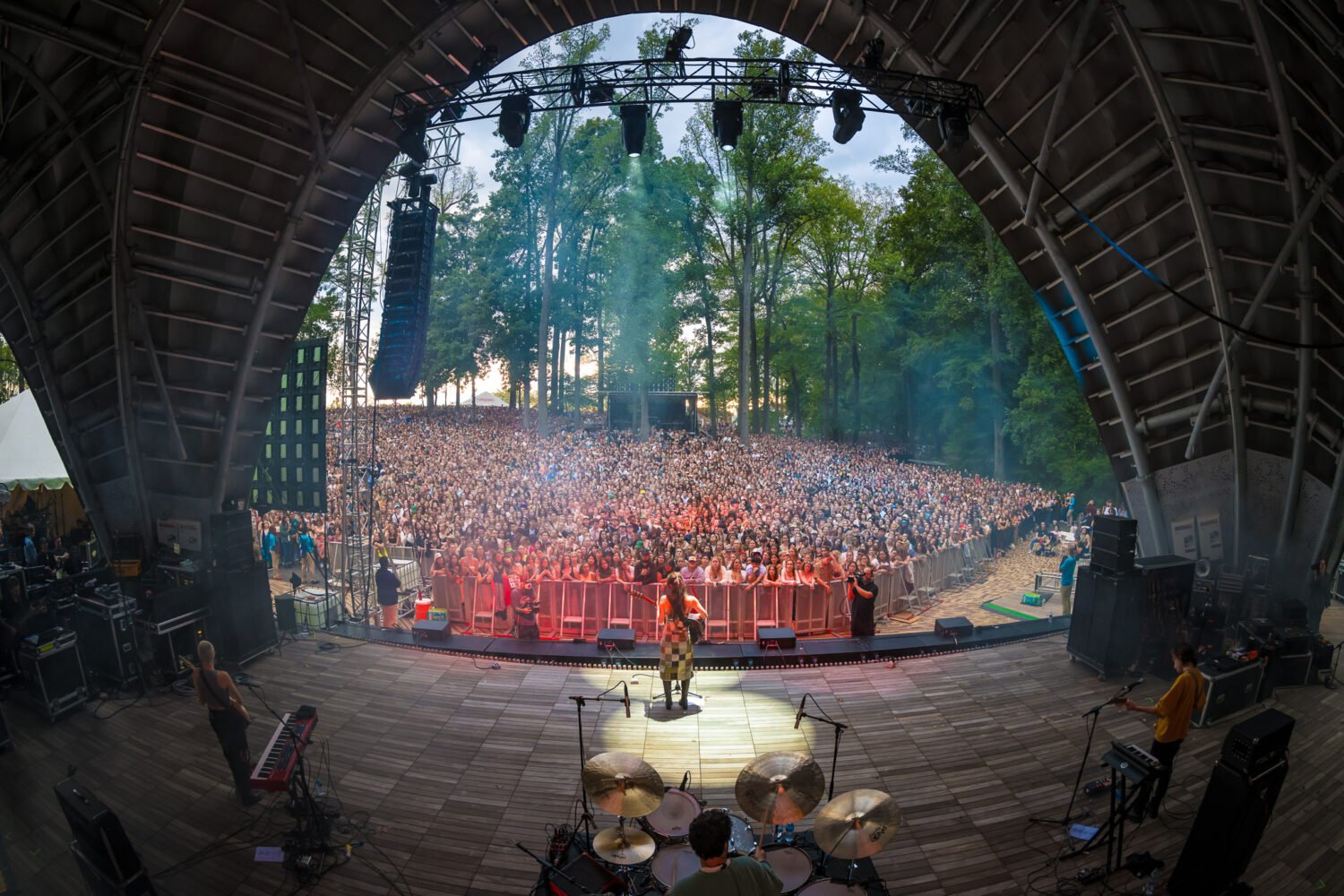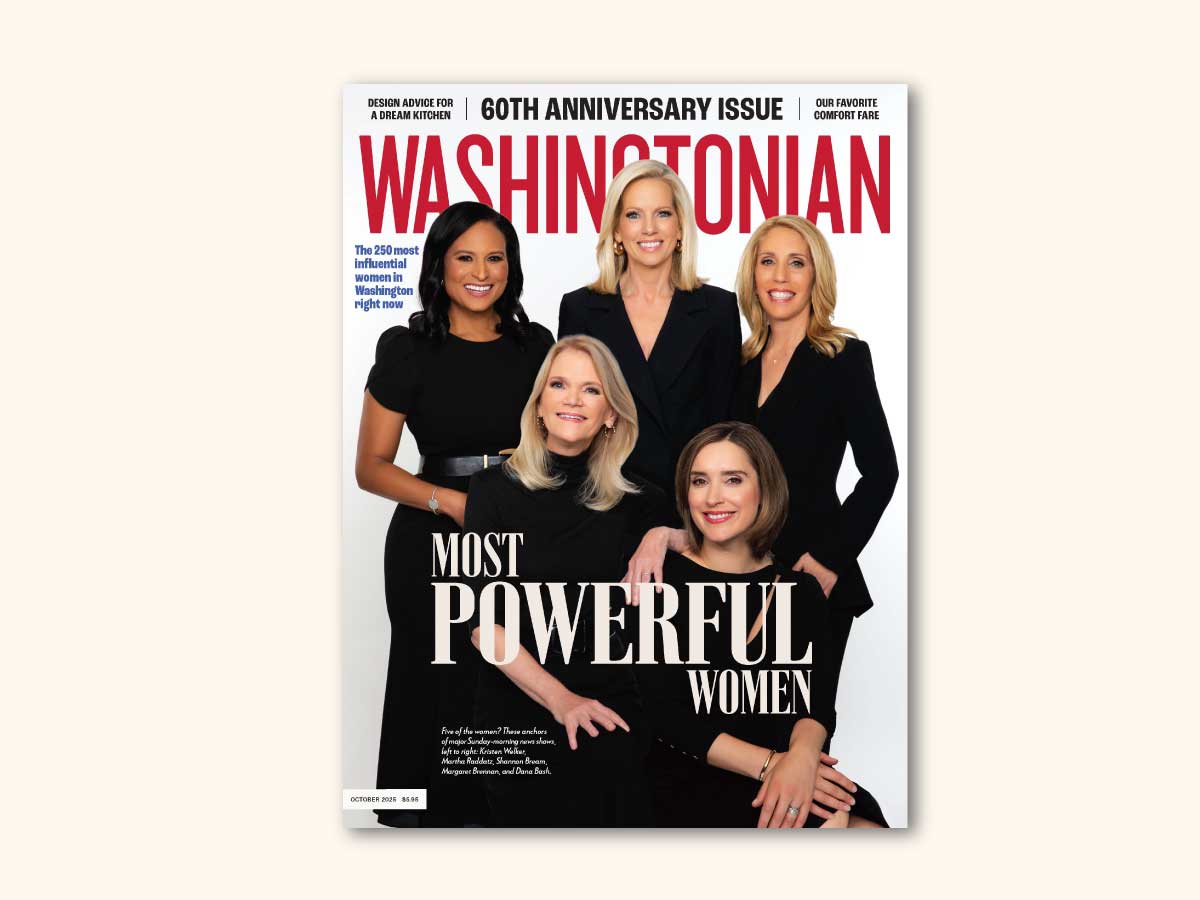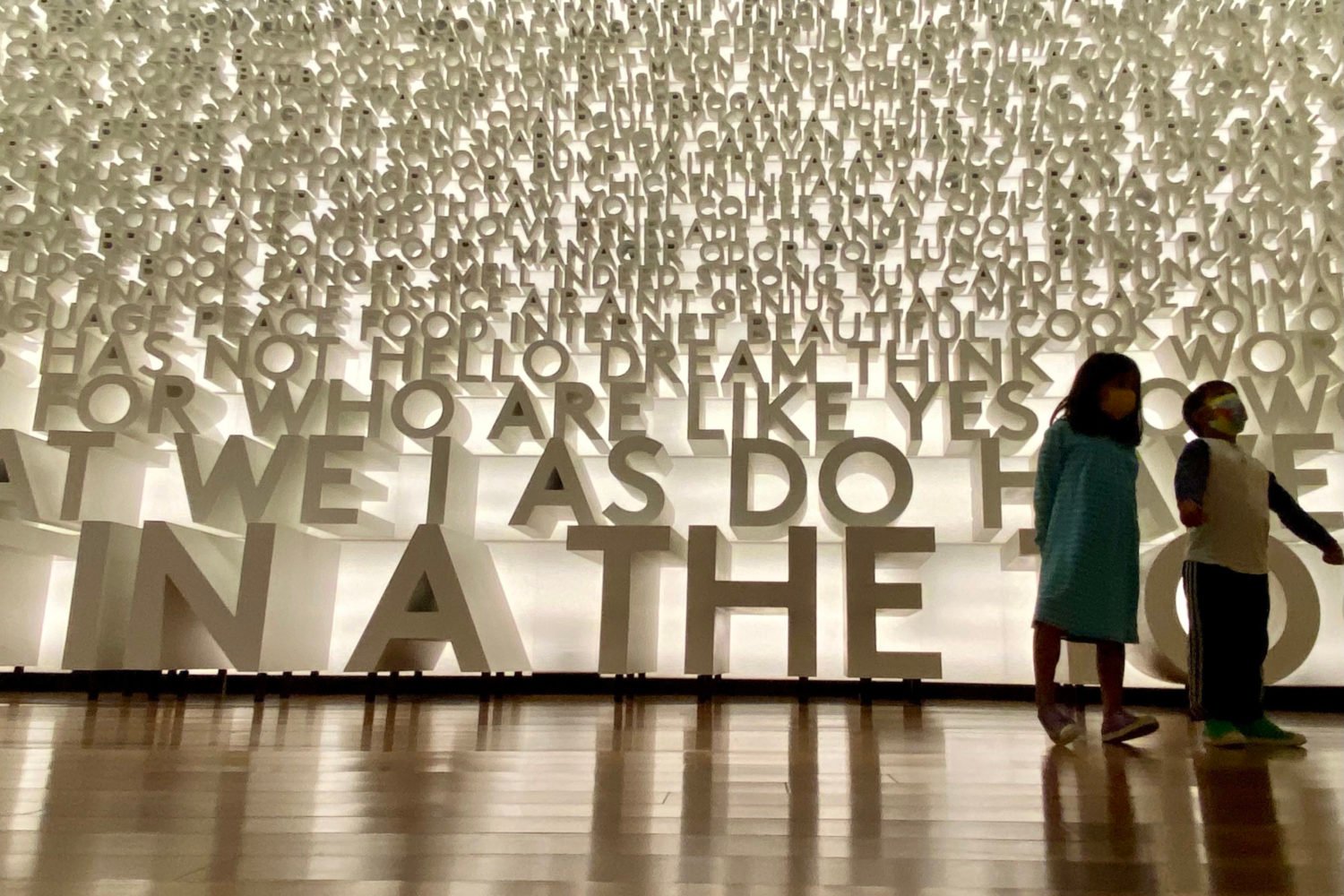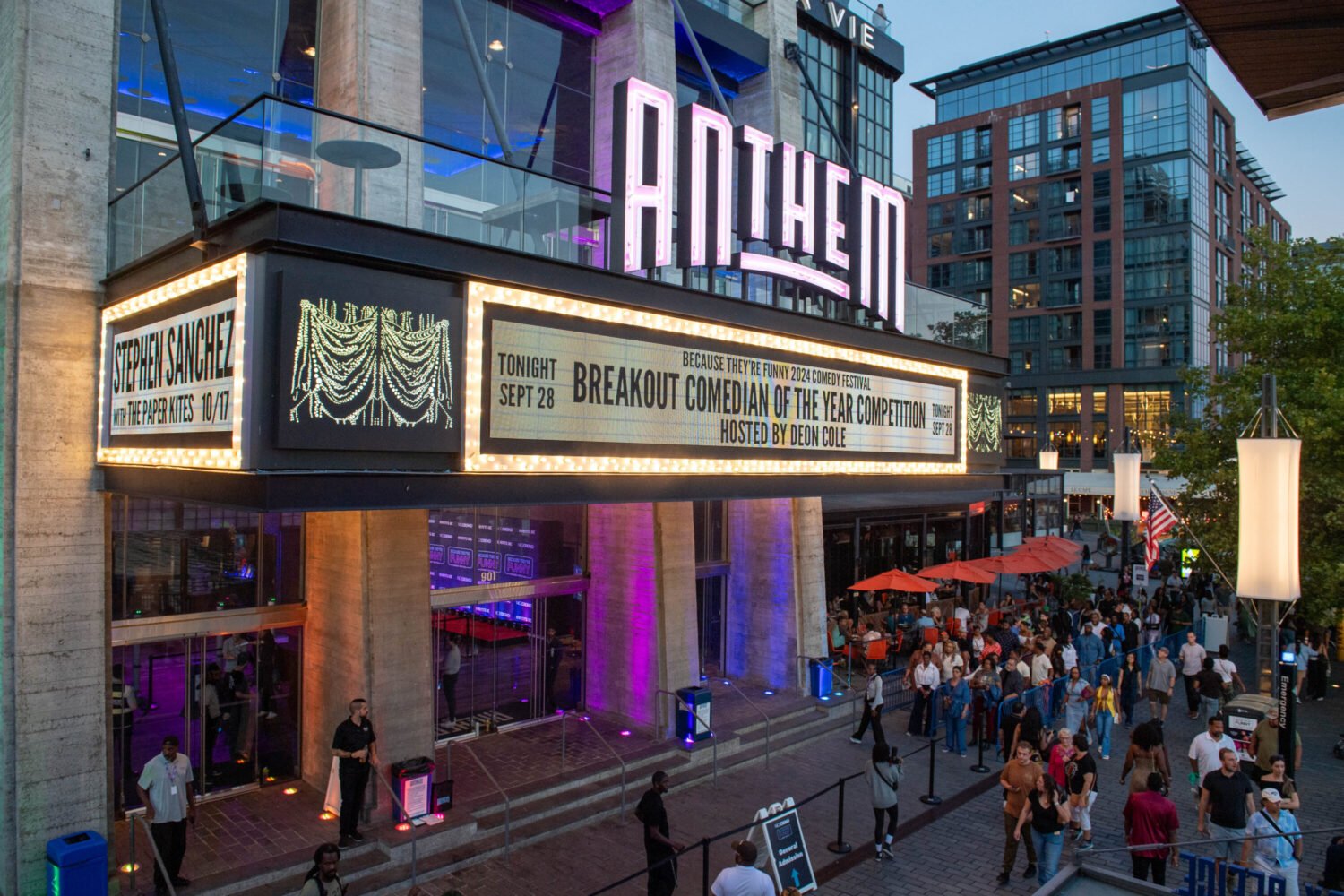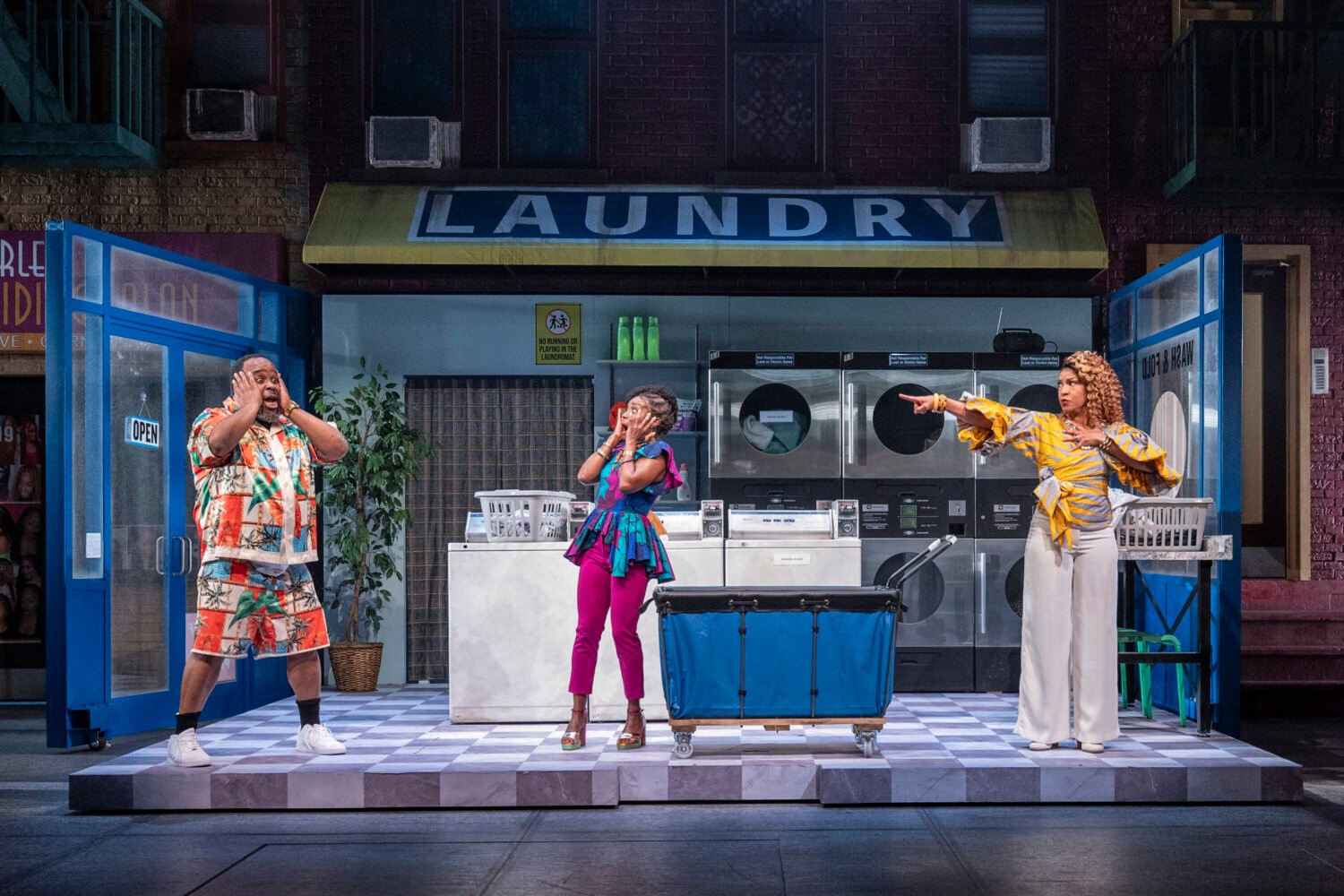I was told to wear sneakers when I came to preview the National Building Museum’s latest exhibit, and I’m glad I did. “Momentum Park(our)” has transformed part of the ground floor into an obstacle course of wood, rubber, metal, foam, and more, all against the backdrop of the museum’s towering columns and arches. Having climbed and jumped through much of the new exhibit, I can confidently say that it was, for lack of more artsy terms, very cool and very fun.
“Momentum Park(our)” opens today and runs through July 20. The exhibit centers on Parkour, a sport that involves moving through physical obstacles with speed and creativity. Visitors can test their skills on four different obstacle courses, designed for different age and difficulty levels, or check out the exhibit’s interactive displays about the science of motion.
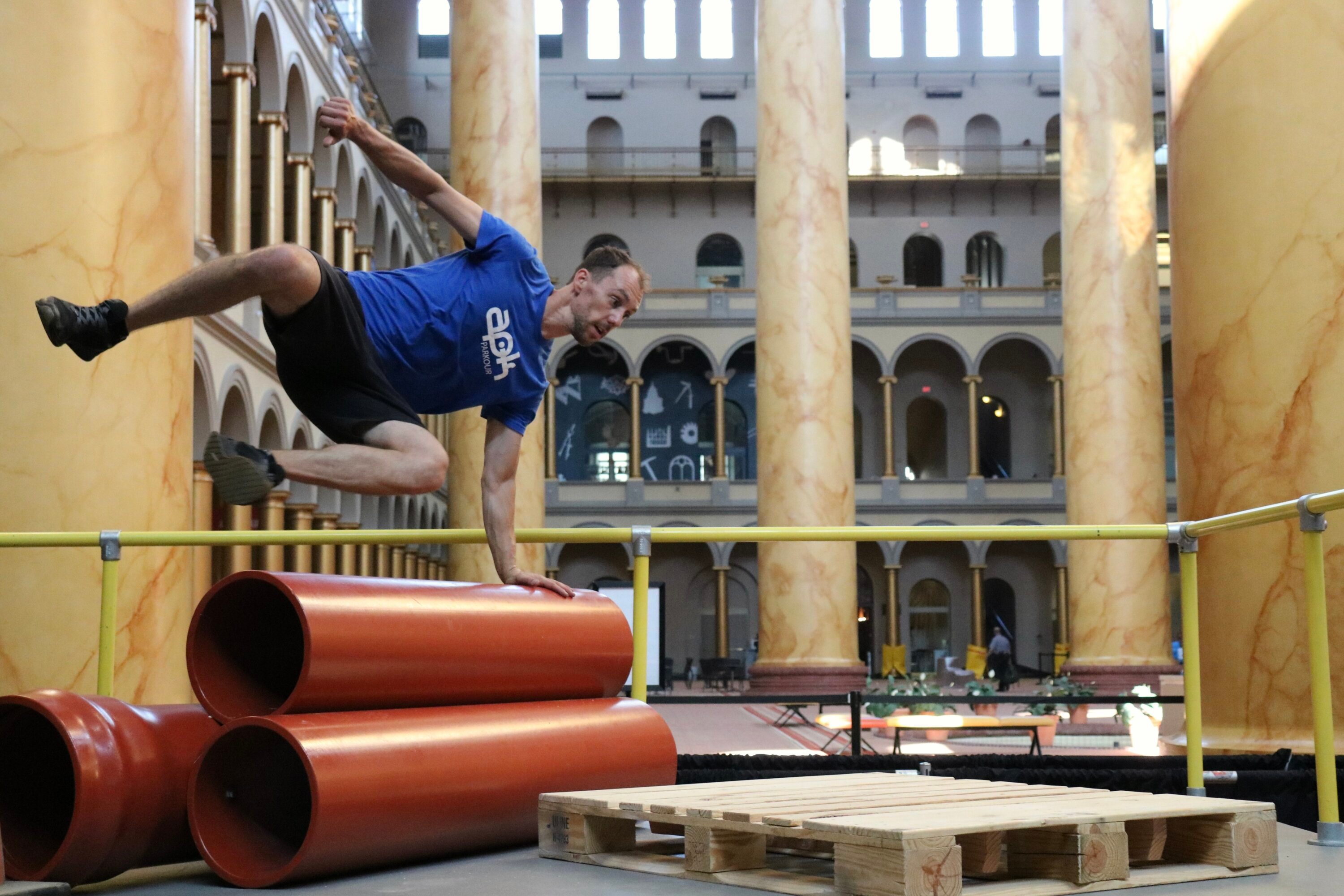
The exhibit is intentionally designed for “any person, at any age, at any level of athleticism,” says Mark Toorock, founder and CEO of American Parkour, which partnered with the museum to create the exhibit. “With Parkour, we see these videos of people doing tremendous feats, and it may be inspiring, but we don’t see a bridge for how we can get there ourselves. Whereas this exhibit, anybody can walk up to this course, and the first obstacle is an inch tall.”
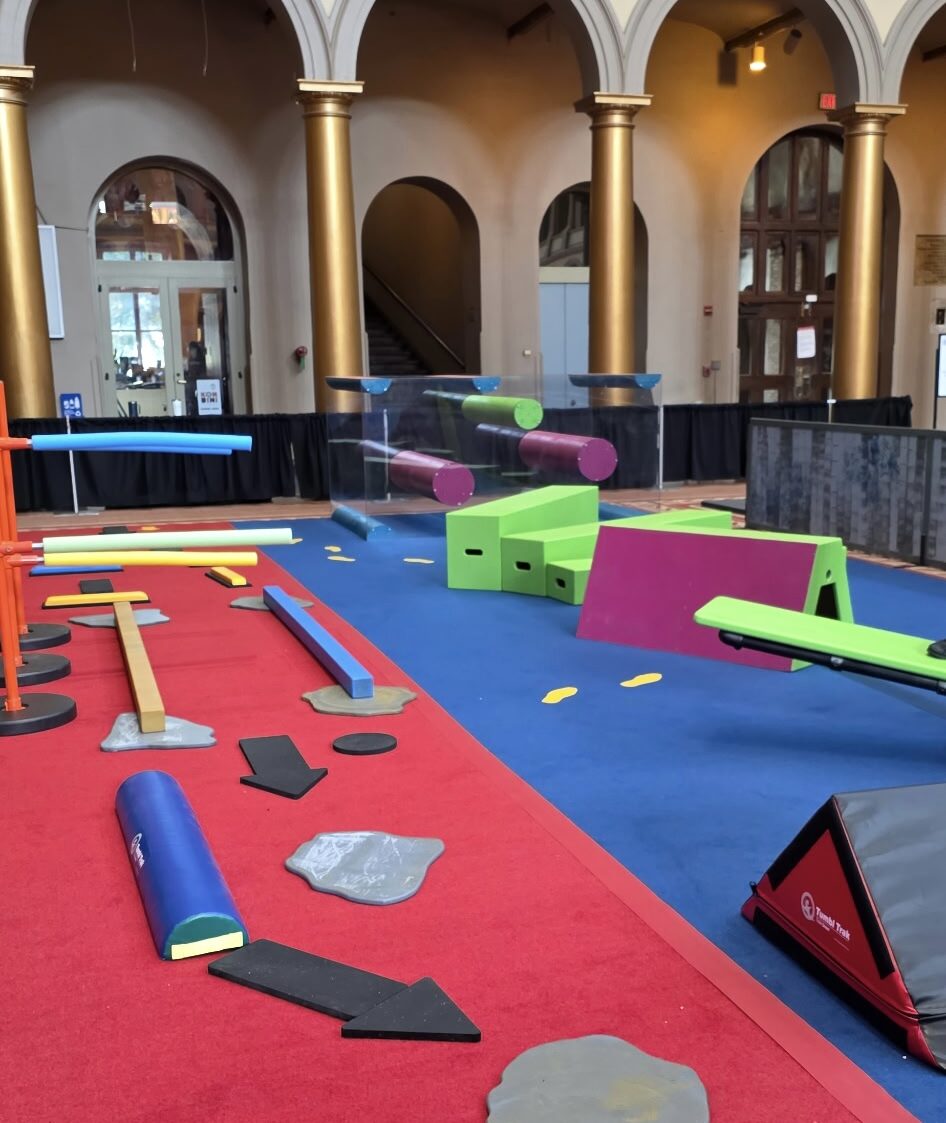
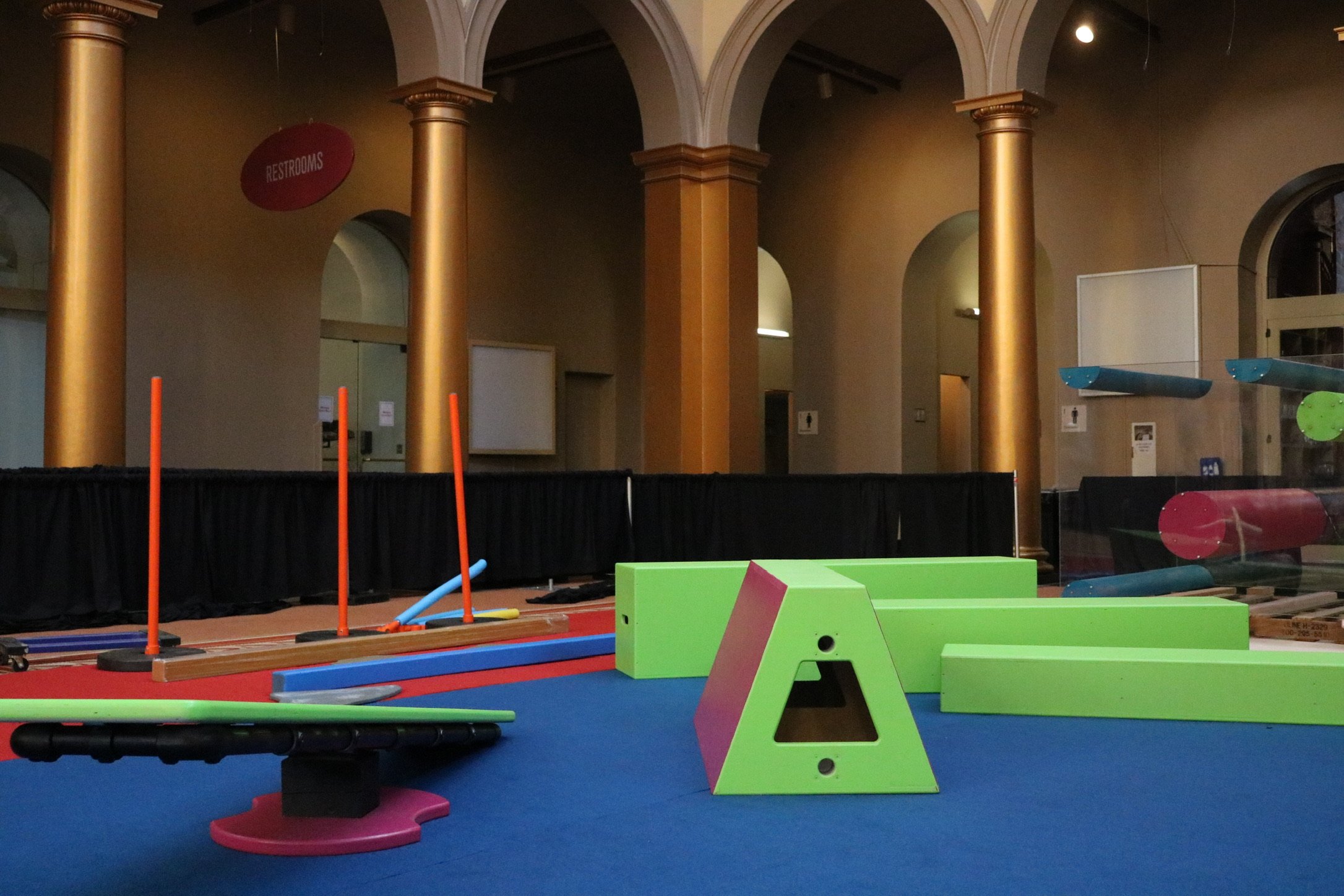
As someone with zero experience in Parkour or any related sport, I got more into the exhibit than I thought I would. I jumped (higher than I expected, with Toorock’s coaching) off of triangle blocks, ran over big gray cubes, and climbed over and under pool noodles while on a small balance beam. I barraged exhibit organizers with my journalist questions while sitting on climbing structures or balancing over the middle of a seesaw like I was surfing.
While the exhibit organizers emphasize that Parkour is for everyone, I will say that one of the highlights of my visit was watching athletes perform flips and tricks that, in my mortal opinion, are very much not for everyone, and which I wouldn’t dare attempt. If you’re interested in seeing some of these tricks for yourself, you’ll be able to do so at the exhibit’s live performances and demonstrations. There’ll also be coaches on site to show off and help out.
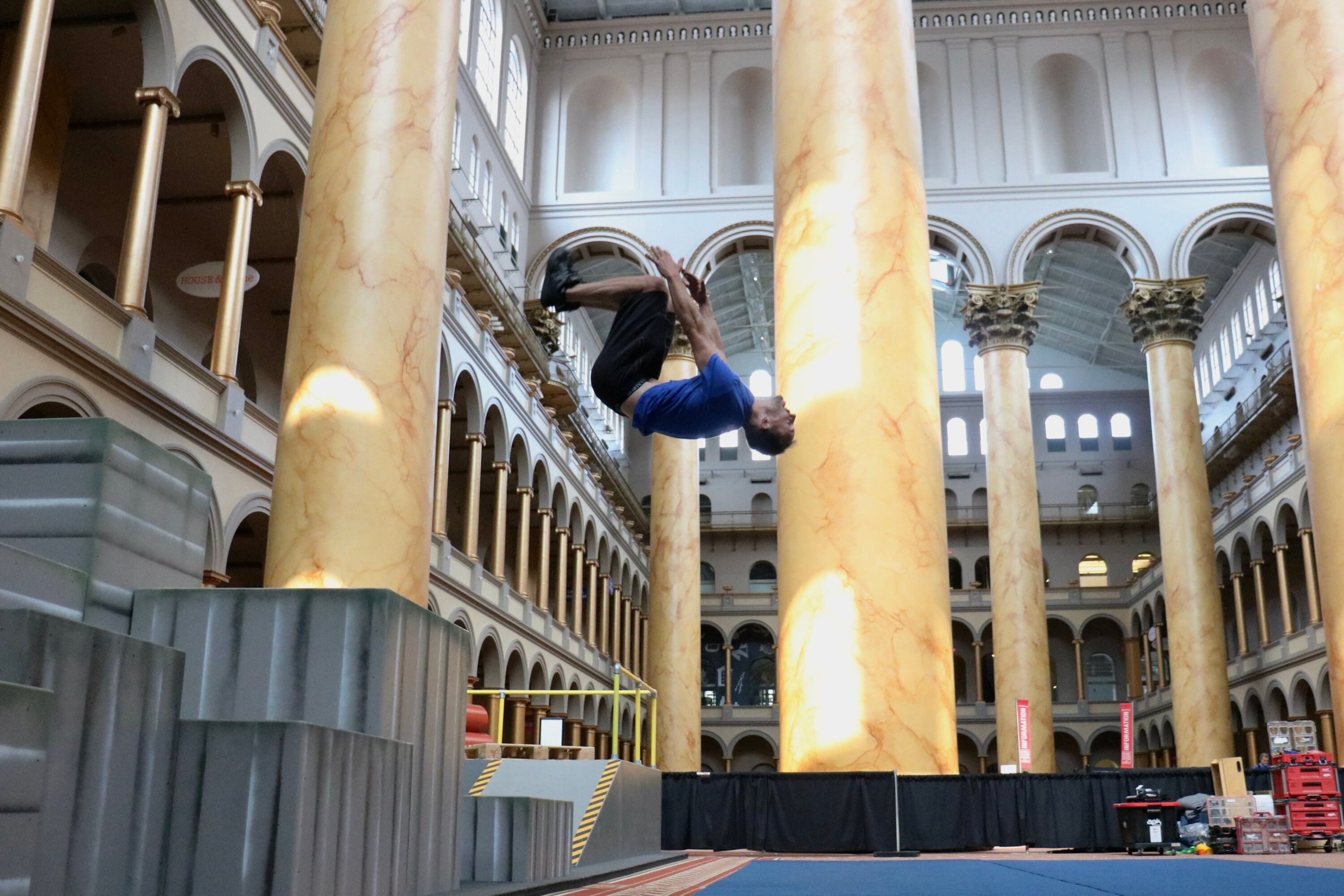
When I showed up to preview the installation, only two of the four obstacle courses were assembled. Organizers finished setting up the rest through the evening and this morning. It probably didn’t help their schedule that some of the organizers and athletes spent a solid hour doing tricks for me to admire and photograph.
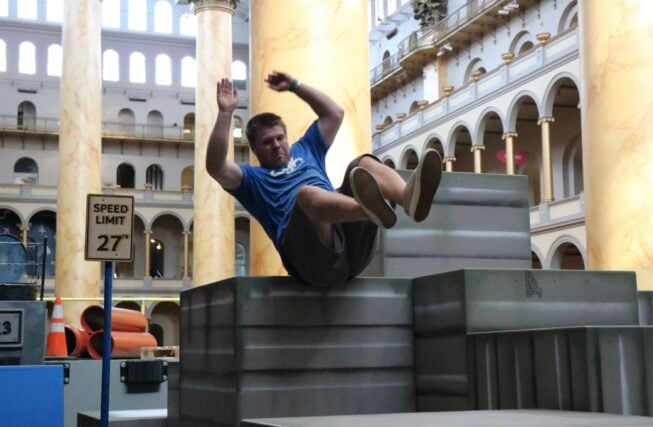
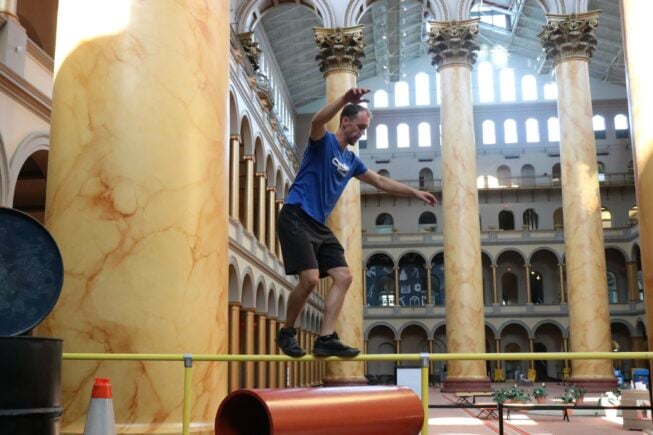
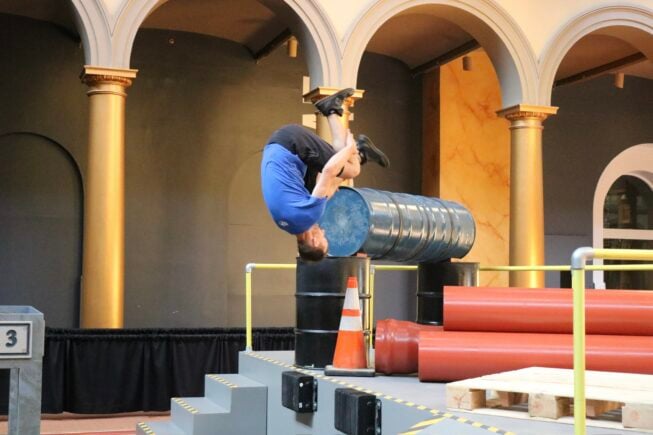
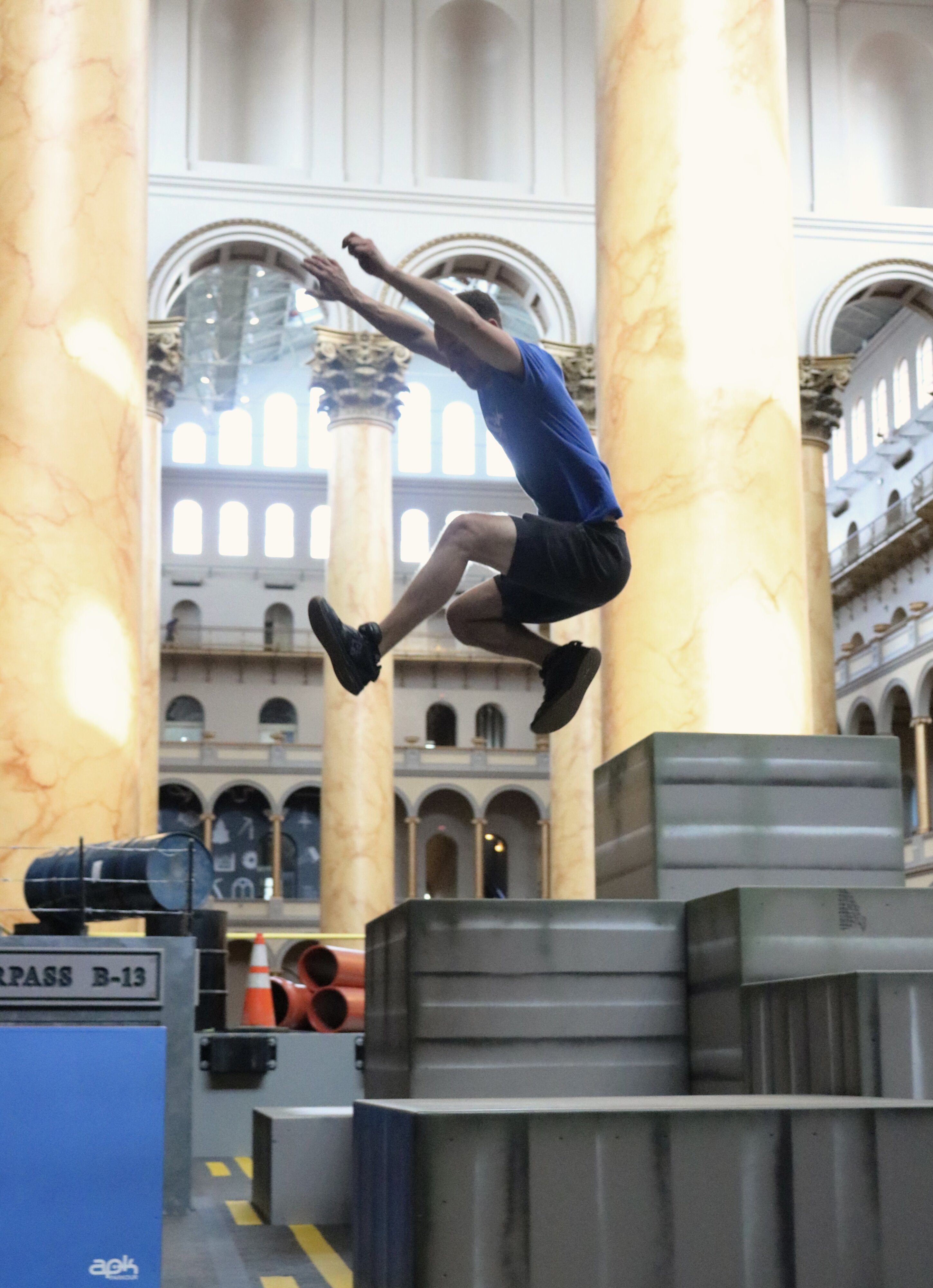
Part of “Momentum Park(our)” is modeled off of Freeway Park, a popular Parkour spot in Seattle known for its distinctive, Brutalist landscape of geometric cubes. But other parts are designed to emulate more everyday, common landscapes, such as a loading dock. “[Freeway Park] is not next to everybody’s house, but a loading dock, you can find at a grocery store, a school—anywhere has a simple loading dock,” Toorock says. “We want people to understand that interaction with architecture is an everyday thing.”
Kelly Cole, Director of Youth Programs and Engagement for the museum, emphasizes that the built environment is “all around us”—the sidewalk is as much a part of it as Freeway Park is. “I’m excited for people to walk away with a greater appreciation for the built environment, for the possibilities that they see all around them,” Cole says.
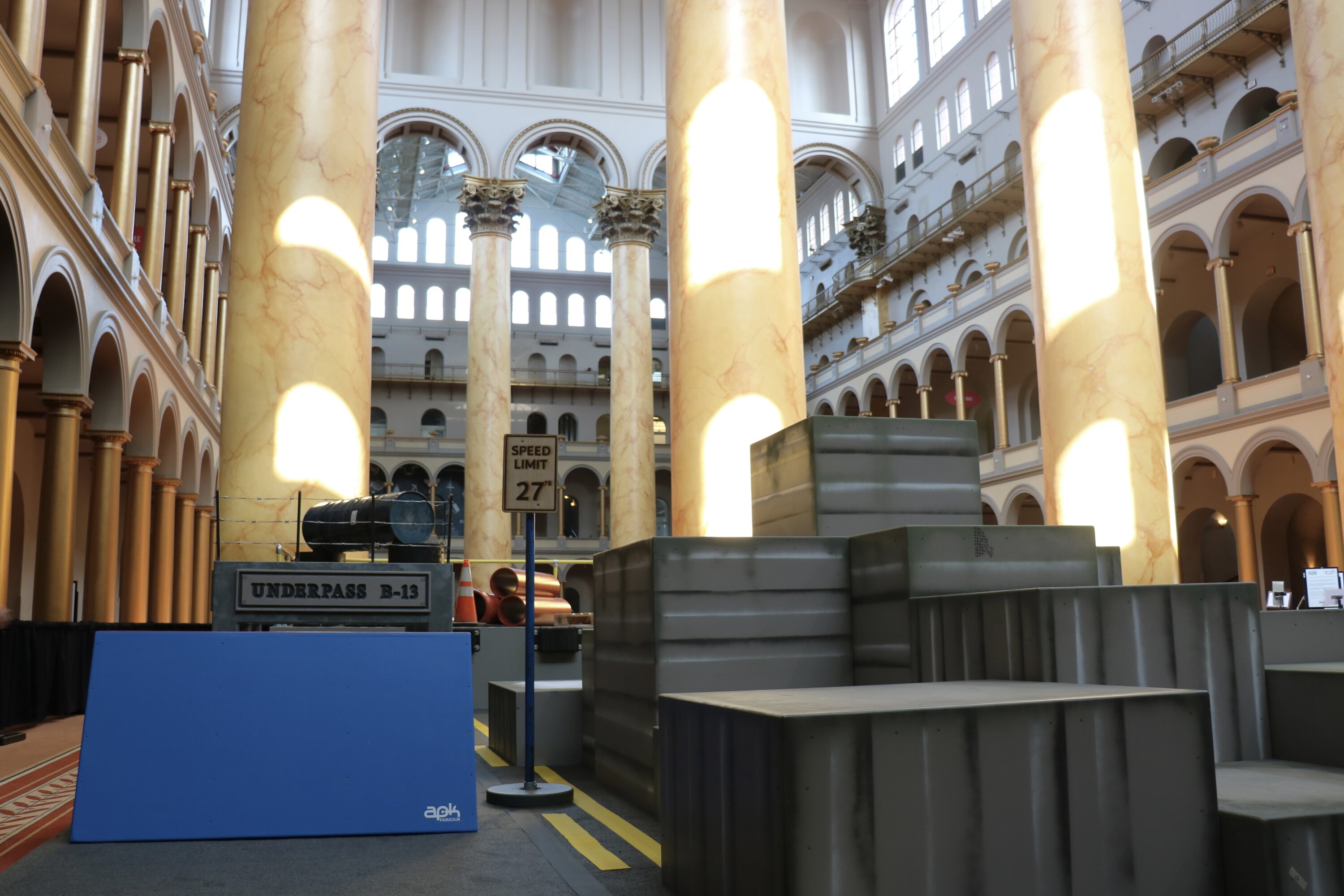
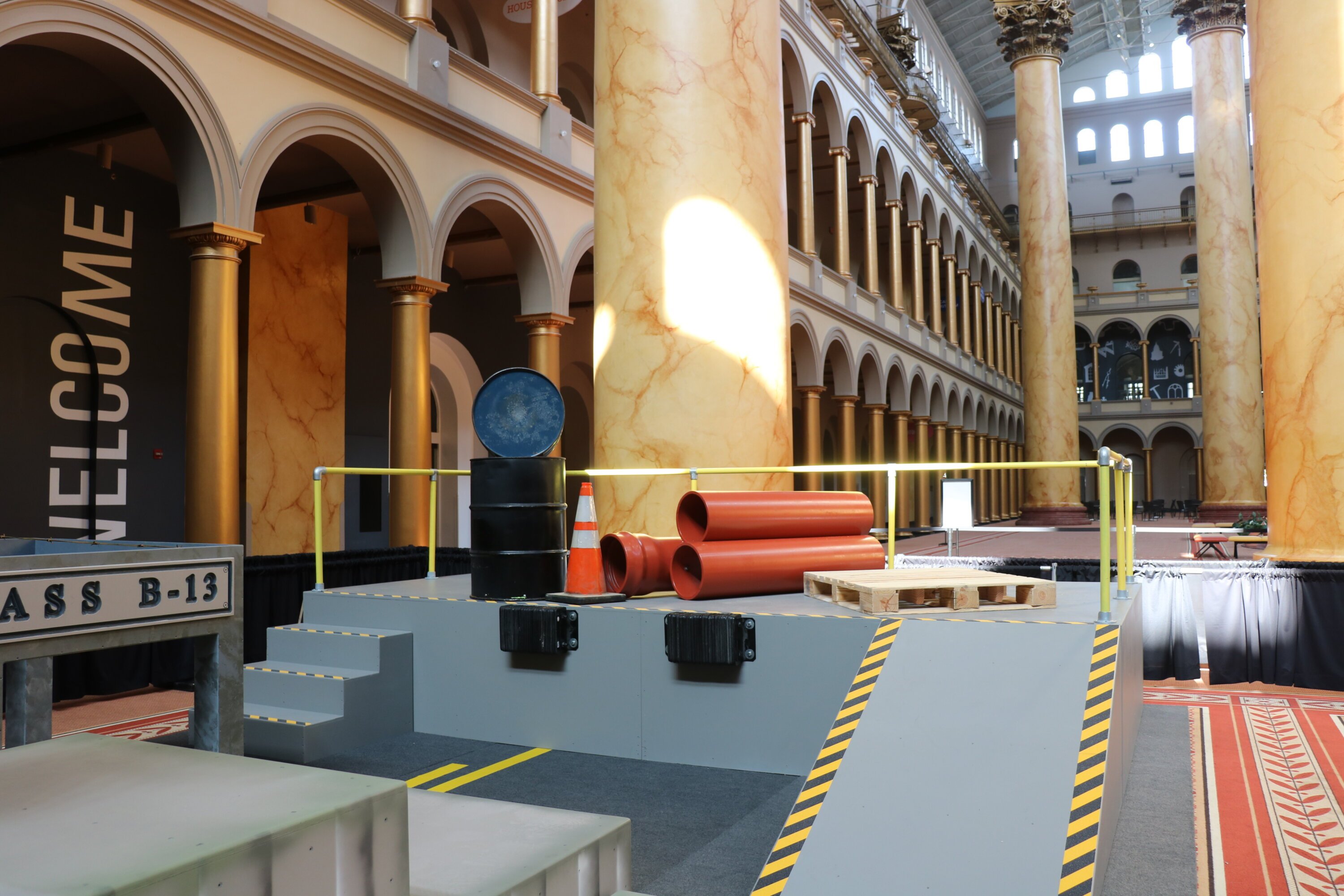
The exhibit is also full of small, deliberate details. There’s a 27.78 miles per hour speed limit sign, a reference to the fastest speed clocked by eight-time Olympic gold medal sprinter Usain Bolt. A few paces away, a miniature underpass is labeled “Underpass B-13,” a reference to District B13, an action film packed with Parkour.

“Parkour, at its essence, is learning to understand and trust our own capabilities,” says Toorock. He hopes that “Momentum Park(our)” will help visitors build confidence in the “incredibly capable machine” that is the human body, which he says has physical capabilities that most people will only scratch the surface of—a missed opportunity comparable, he says, to having “Lamborghinis that we never take out of first gear.”
I’m a firm believer that feeling too old and embarrassed to jump around on a playground is one of the saddest markers of adulthood. “Momentum Park(our)” was a fun place to let go of the silly constraints of being old enough to pay taxes (what joy!). If you let your inner child out a little (or perhaps, if you bring your actual children), the exhibit is a blast.
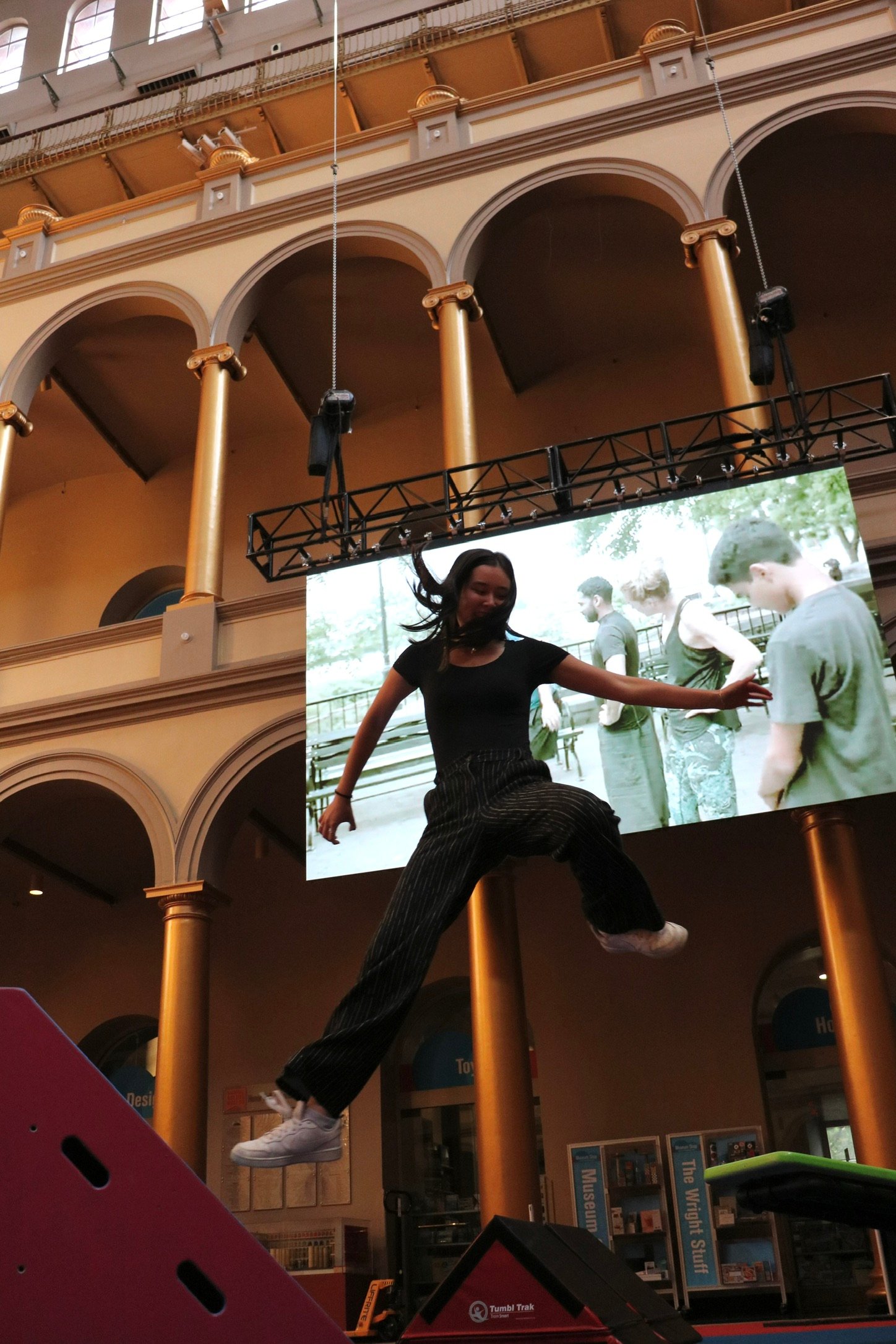
“Momentum Park(our)” runs July 3–20. Tickets to the installation are $5 plus the cost of regular museum admission ($7–10 or free for members).

